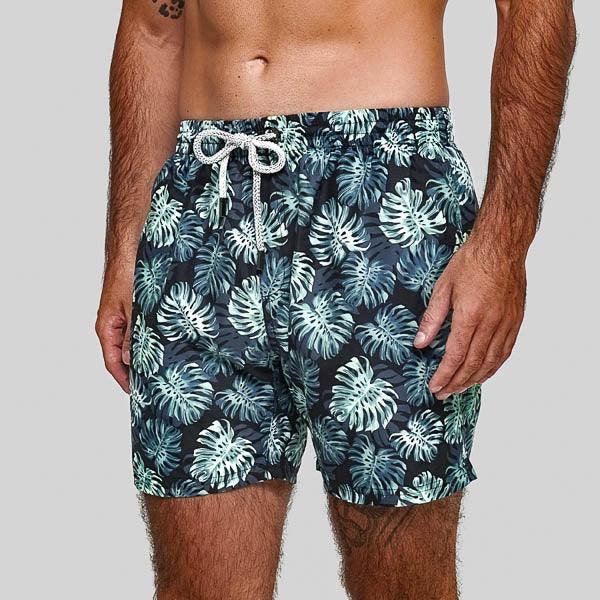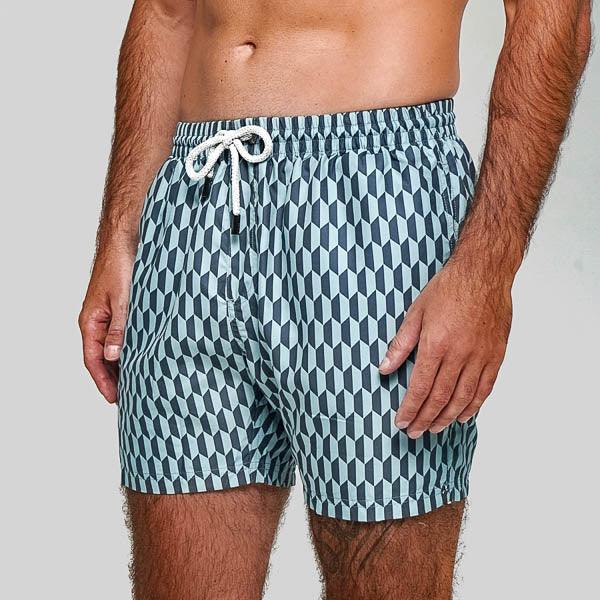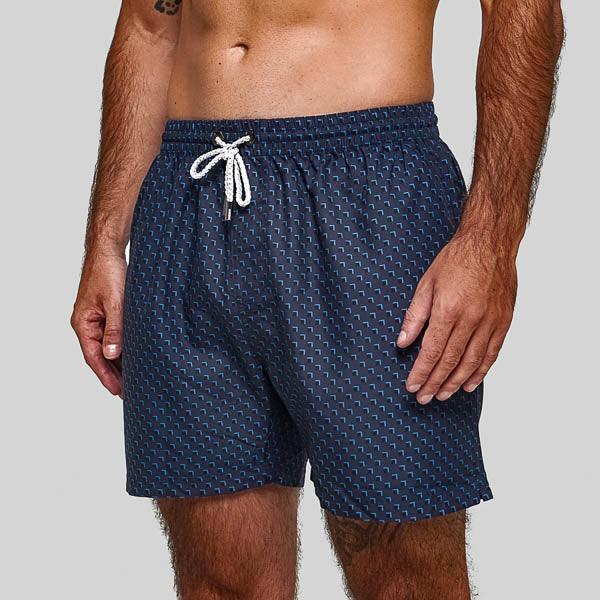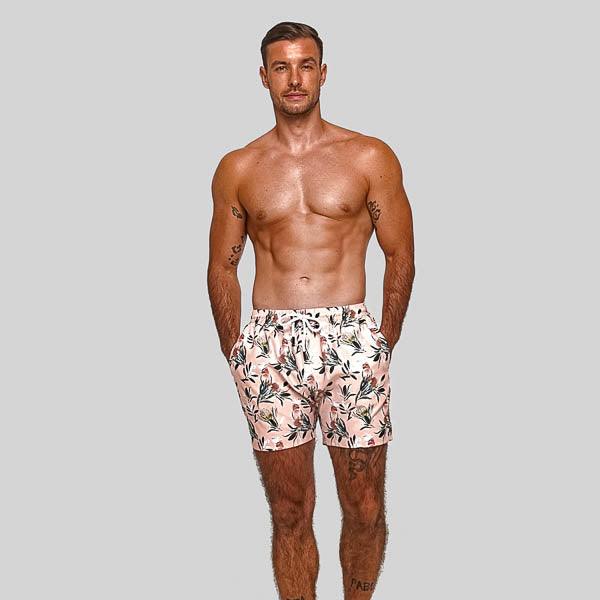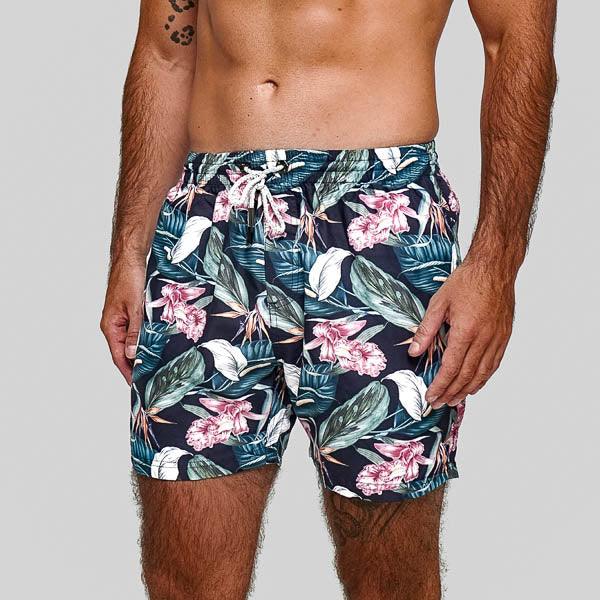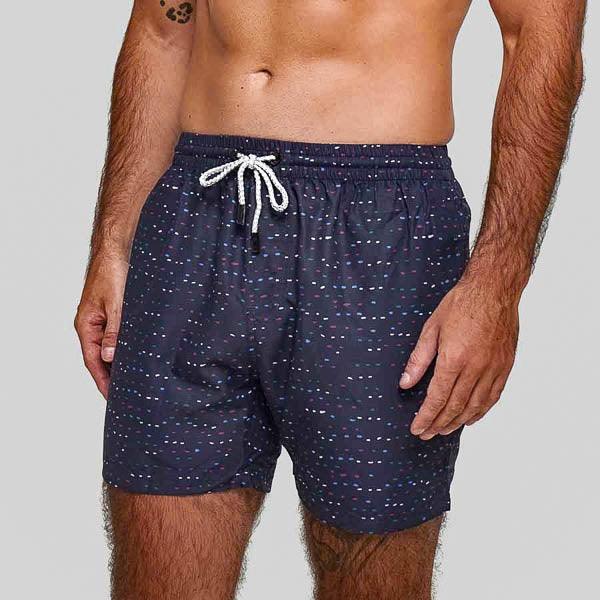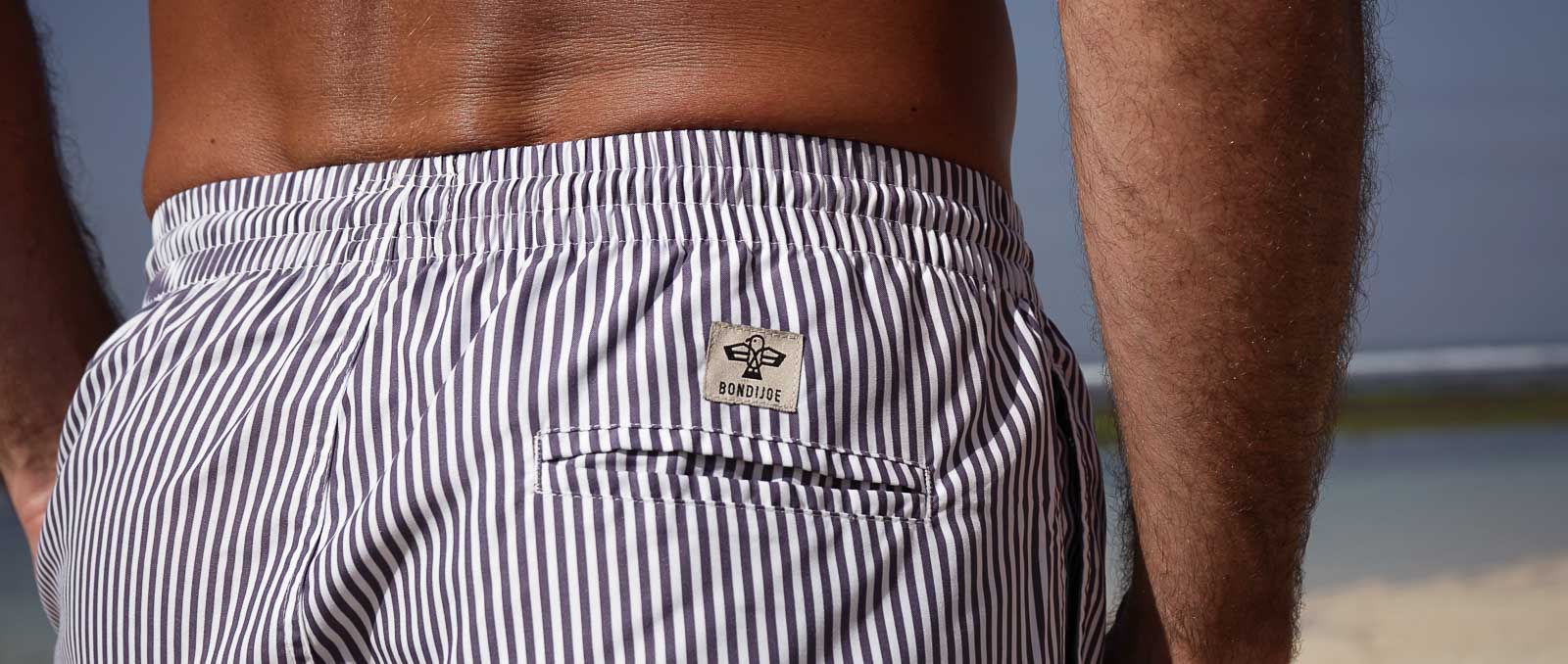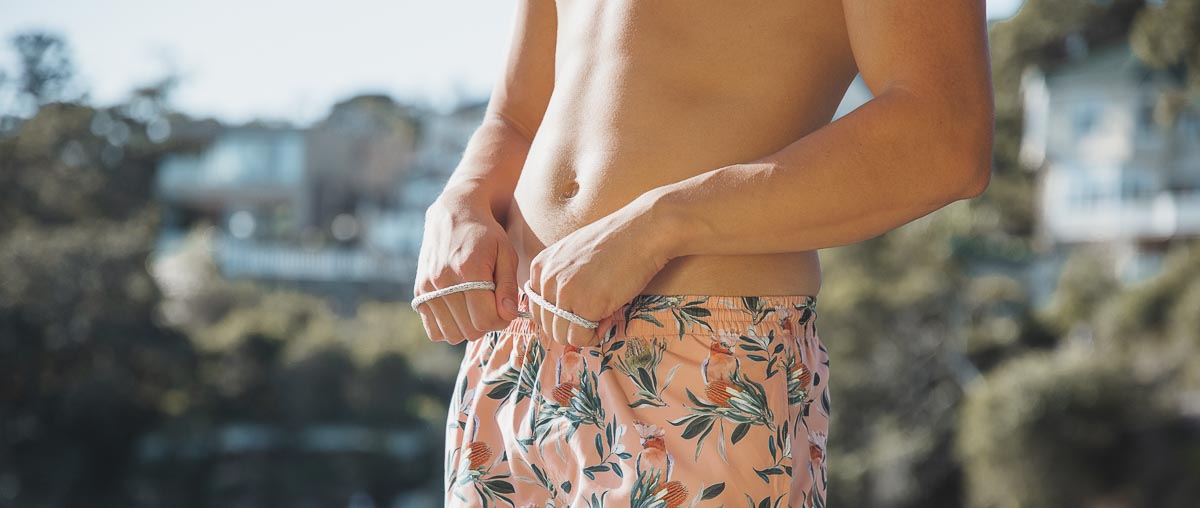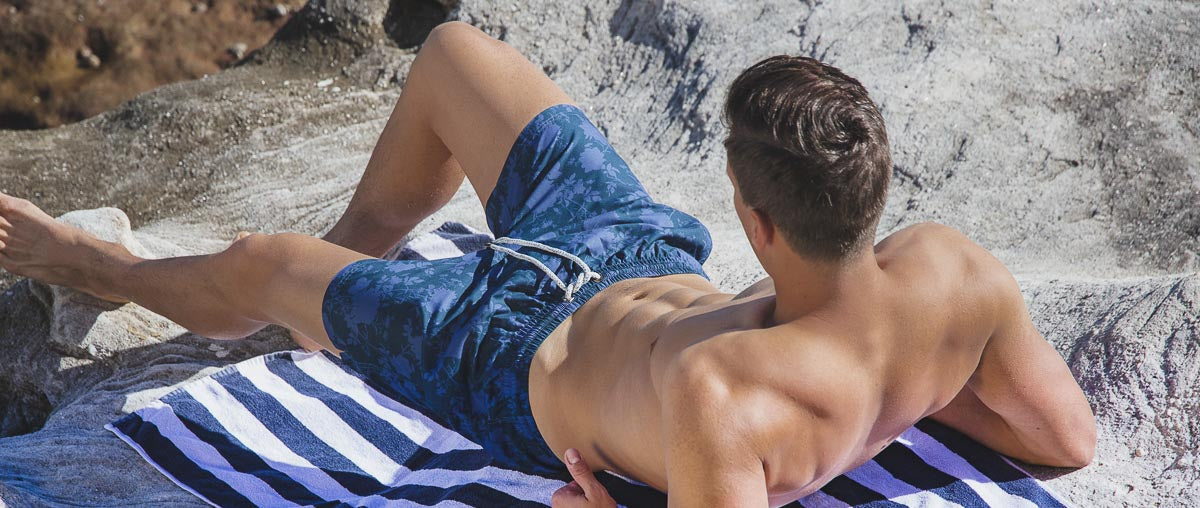Chafing can turn a fun day at the beach or pool into an uncomfortable experience. For men, finding the right swim trunks that prevent chafing is crucial for enjoying water activities without irritation. In this comprehensive guide, we will explore how to avoid chafing in men's swim trunks, providing you with essential tips and information to ensure maximum comfort and enjoyment. Whether you're a competitive swimmer or a casual beachgoer, understanding how to prevent chafing will enhance your overall experience.
Understanding Chafing in Men's Swimwear
What is Chafing?
Chafing occurs when skin repeatedly rubs against fabric or other skin, leading to irritation, redness, and even painful rashes. In swimwear, this is often caused by ill-fitting trunks, rough seams, or prolonged exposure to water and sand.
Common Areas for Chafing
In men’s swim trunks, chafing commonly occurs in areas such as:
- Inner Thighs: The constant rubbing of thighs during movement.
- Groin Area: Tight or poorly designed swim trunks can cause friction.
- Waistband: An ill-fitting waistband can lead to irritation around the waist.
Choosing the Right Swim Trunks
Importance of Proper Fit
Ensuring your swim trunks fit correctly is the first step in preventing chafing. Proper fit involves:
- Waistband: It should be snug but not too tight.
- Leg Openings: They should be comfortable, allowing free movement without being too loose.
- Length: Longer trunks can reduce thigh friction but might not suit everyone’s style.
Selecting the Right Fabric
Fabric choice plays a significant role in preventing chafing. Opt for materials that are:
- Quick-Drying: Fabrics like polyester or nylon dry faster, reducing prolonged wetness.
- Smooth and Soft: Avoid rough materials; instead, choose those that are gentle on the skin.
- Stretchy: Fabrics with spandex offer flexibility and reduce friction.
Design Features to Look For
Seamless Construction
Seamless or flatlock seams reduce the risk of irritation. Check for trunks with minimal seams in high-friction areas.
Built-in Liners
Traditional swimwear brands use liners to provide an extra layer of protection and can help in reducing chafing by keeping the fabric from direct contact with the skin. At Bondi Joe, we have removed the lining and beleive it is far more comfortable - so you can go beach to bar all day long. Checkout our range of mens swim trunks that are all lining free.
Preventive Measures
Pre-Activity Preparations
Before heading out, take these steps to minimize chafing:
- Apply Anti-Chafing Products: Use balms or powders on areas prone to chafing.
- Ensure Dry Skin: Make sure your skin is dry before putting on your swim trunks.
During Activity
While engaging in water activities, stay aware of your comfort:
- Take Breaks: Regular breaks allow your skin to dry and recover.
- Rinse Off: Rinse off sand and saltwater periodically to reduce irritation.
Post-Activity Care
After swimming, take care of your skin:
- Shower Immediately: Remove any residual salt, chlorine, or sand.
- Moisturize: Use a gentle moisturizer to soothe the skin.
Maintaining Your Swim Trunks
Washing Guidelines
Proper care of your swim trunks can prolong their life and comfort:
- Rinse After Use: Always rinse in fresh water after swimming to remove chemicals and salt.
- Hand Wash: Use mild detergent and avoid harsh chemicals.
Drying Techniques
Avoid using a dryer, as high heat can damage the fabric:
- Air Dry: Lay flat to dry in a shaded area.
- Avoid Direct Sunlight: Prolonged exposure to sun can weaken the fabric.
DIY Solutions for Reducing Chafing
Homemade Anti-Chafing Balm
Create your own anti-chafing balm with natural ingredients:
- Ingredients: Beeswax, coconut oil, and shea butter.
- Instructions: Melt and mix the ingredients, then let it cool and apply as needed.
Adjusting Existing Swim Trunks
If your current trunks cause chafing, consider these adjustments:
- Add or remove the Liner: Sew in a soft, moisture-wicking liner.
- Alter the Fit: Take in or let out the seams to ensure a better fit.
Conclusion
Chafing can be a significant discomfort in men’s swimwear, but with the right knowledge and preventive measures, it is entirely avoidable. By choosing the right fit, selecting appropriate fabrics, and taking care of your skin and swim trunks, you can ensure a comfortable and enjoyable experience in the water. Remember to apply anti-chafing products, rinse off regularly, and properly maintain your swim trunks to prevent irritation. With these tips, you can focus on enjoying your time at the beach or pool without the worry of chafing. Read more in our other guides to mens swimwear comfort and fit.
FAQs
How can I prevent chafing in my swim trunks?
Choose the right fit and fabric, apply anti-chafing products, and ensure proper skin and swim trunk care.
What are the best fabrics to avoid chafing?
Quick-drying, smooth, and stretchy fabrics like polyester, nylon, and spandex are ideal for preventing chafing.
Are built-in liners in swim trunks helpful?
Yes, built-in liners provide an extra layer of protection and help in reducing friction and chafing.
What should I do if I experience chafing?
Rinse the affected area with fresh water, apply a soothing moisturizer, and wear loose-fitting clothing to allow the skin to heal.
Can I modify my swim trunks to prevent chafing?
Yes, you can add a moisture-wicking liner or adjust the fit to ensure your swim trunks are more comfortable.
Why is the proper fit important in preventing chafing?
A proper fit ensures that the swim trunks stay in place and do not rub excessively against the skin, reducing the risk of irritation and chafing.



